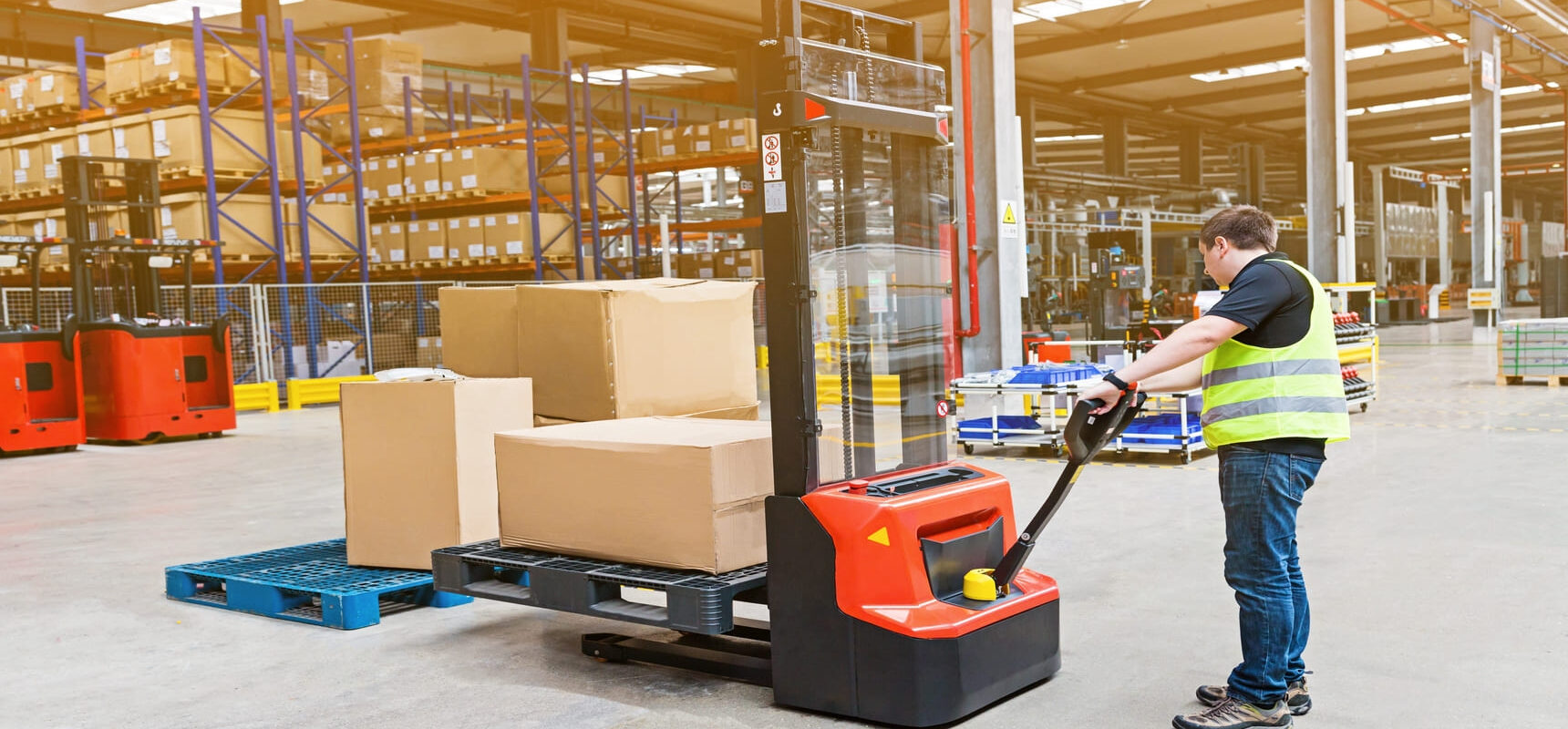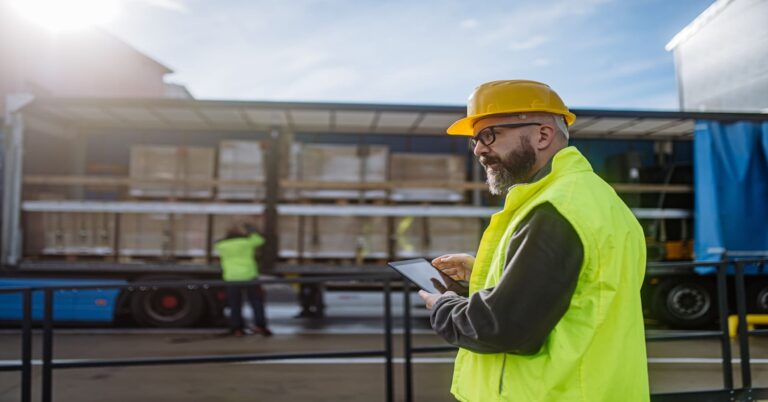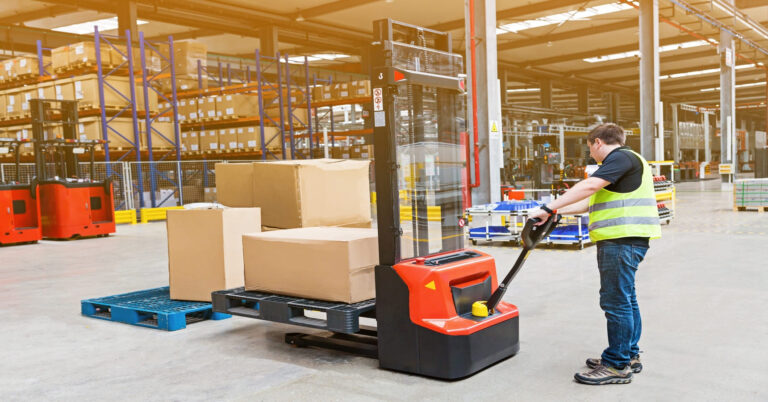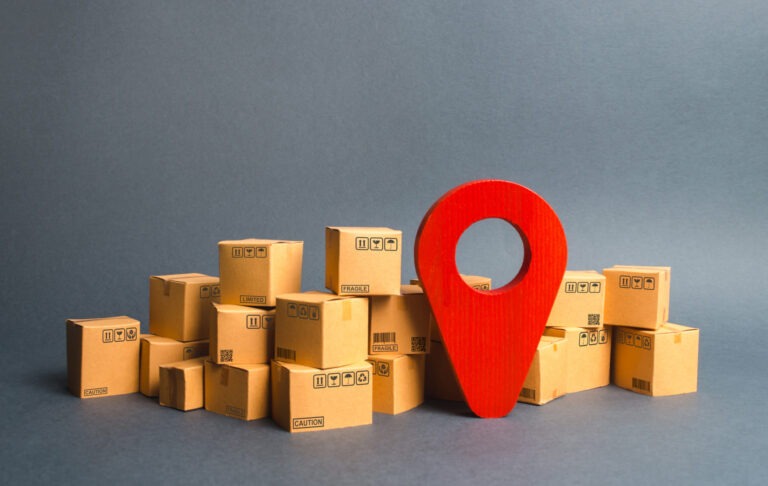Common Misconceptions in Warehousing: Myths vs. Reality

Warehouses are integral to today’s supply chains, yet many still see them as simple storage space. In reality, efficient warehouses manage inventory, fulfill orders, coordinate cross-docking, and even perform value-added tasks like packaging or assembly. This has become even more critical as global commerce grows – for example, about 6.6 million Americans worked in transportation and warehousing in mid-2024 (5% of private-sector jobs), with warehousing and storage alone accounting for roughly 27% of those positions. U.S. industry data show nearly 19,500 warehousing businesses in 2023, and worldwide the warehousing market was valued around $1.08 trillion in 2024. Despite this scale, outdated ideas about warehousing persist, such as that it’s only for large firms or inherently costly – misconceptions we will now debunk.
Warehousing Is More Than Just Storage
One of the most widespread myths is that warehousing is simply about storing goods. While storage is an important aspect, warehousing is much more than that. Modern warehouses are complex facilities offering a wide range of services, including inventory management, order fulfillment, cross-docking, packaging, and even value-added services like quality control and assembly. A good warehouse is not just a place to store goods but a hub for logistics operations designed to streamline the supply chain.
All Warehouses Are Not the Same
Not all warehouses are created equal, and assuming that any warehouse can serve the same function is a mistake. There are different types of warehouses designed for specific needs, such as cold storage for perishable goods, bonded warehouses for imported goods, and distribution centers that focus on product sorting and shipping. Depending on the nature of the goods being stored and the logistical requirements, businesses need to choose the right type of warehouse that meets their specific needs. A one-size-fits-all approach doesn’t work in warehousing.
Warehousing Is a Major Economic Driver
Far from marginal, warehousing is a huge industry. In the U.S. alone, nearly 20,000 public warehousing businesses operated in 2023. Employment data show that warehousing and storage jobs comprise about 27% of all transportation/warehousing jobs in the U.S., which totaled roughly 6.6 million positions by mid-2024. Globally, analysts valued the warehousing market at about $1.08 trillion in 2024. This massive scale reflects warehousing’s essential role: supporting just-in-time manufacturing, e-commerce growth, and international trade. As demand for fast delivery grows, smart warehouses have become pillars of economic infrastructure.
Warehouses keep supply chains fluid from stocking popular retail products to staging imported components so saying “warehousing is small” ignores its broad impact.
Warehouse Operations Face Challenges
No warehouse runs itself without issues. The idea that operations are always smooth is unrealistic. In practice, warehouses must manage complex logistics challenges: fluctuating inventory levels, seasonal demand spikes, labor shortages, and unexpected disruptions. For example, hurricanes, pandemics or port delays can suddenly choke supply chains, forcing warehouses to reroute orders or scramble alternative inventories. Even internally, warehouse managers juggle stockouts, damaged goods, and system breakdowns. Efficiency comes from preparing for these problems – using contingency plans and flexible systems – not from assuming logistics run perfectly. In short, real-world warehouses continually adapt to hiccups. The smooth operations myth downplays the planning and technology required to keep goods flowing under pressure.
Warehousing Can Be Cost-Effective
Some businesses hesitate to outsource warehousing services due to the misconception that it’s always costly. However, the costs associated with warehousing can vary greatly depending on the location, size, services required, and the length of time goods need to be stored. Short-term warehousing solutions, such as on-demand or temporary storage, can be an affordable option for businesses that don’t require long-term space. Moreover, outsourcing to a third-party logistics provider (3PL) can help businesses reduce operational costs by avoiding the need to invest in infrastructure and manage day-to-day operations.
Warehousing Serves Businesses of All Sizes
Many smaller businesses believe that warehousing is reserved for large corporations with extensive inventory needs. This is a misconception. Today, warehousing solutions are available for businesses of all sizes, from startups to large enterprises. For smaller businesses, using shared warehousing spaces or working with a 3PL provider can offer cost-effective solutions without the overhead of owning a warehouse. Warehousing services can be tailored to fit the needs of businesses of any scale.
Automation and Skilled Labor Are Key
A common misconception in warehousing is that manual labor and outdated systems are still the standard. In reality, automation is becoming increasingly vital in modern warehouses of all sizes. Technologies like Automated Storage and Retrieval Systems (ASRS), robotics, and real-time inventory tracking are revolutionizing operations, improving efficiency and accuracy. Automation doesn’t just benefit large companies—it helps smaller businesses too, allowing them to save resources and optimize operations. Furthermore, the integration of modern Warehouse Management Systems (WMS) is seamless, requiring minimal disruption and eliminating the need for massive overhauls. With these advancements, warehouses can operate with fewer manual tasks, reducing human error and boosting overall performance.
Warehouses Store Raw and Intermediate Goods Too
While warehouses are commonly used for storing finished products, they also play a crucial role in storing raw materials and intermediate goods. In fact, warehouses often serve as a buffer for goods waiting to be processed, packaged, or distributed. For manufacturers, warehouses are essential for storing components, parts, and materials that are used in the production process. This is especially important in industries like automotive manufacturing, where parts need to be stored and organized efficiently to meet production deadlines.
Common 3PL Misconceptions
Third-party logistics (3PL) providers often use warehouses, and many myths overlap between warehousing and 3PL. We address the biggest 3PL myths below:
3PL Is Only for Large Companies
Some think third-party warehousing is reserved for industry giants. In fact, 3PL services are designed for businesses of all sizes. Leading 3PLs offer highly scalable solutions that grow with your needs. Small and medium businesses can contract only the space and services they need, without huge upfront costs. This flexibility allows startups and growing firms to tap into sophisticated logistics networks. In short, the “only for big corporations” myth overlooks the many 3PL models (shared warehouses, short-term contracts, on-demand logistics) that make outsourced warehousing affordable for any size company.
3PL Is Always Too Expensive
It’s also a myth that outsourcing to a 3PL is necessarily costlier than doing it yourself. While you do pay for services, 3PLs often reduce overall logistics costs in the long run. They can negotiate lower shipping rates through bulk carrier contracts, spread fixed costs across clients (economies of scale), and eliminate capital expenses like warehouses and equipment. In practice, businesses frequently find that 3PLs save them money on labor and overhead. The key is to compare total cost of ownership: 3PL partners often lower insurance, maintenance, and staffing expenses, making outsourcing more affordable over time.
3PL Means Losing Control
Another worry is that handing warehousing to a 3PL means losing oversight of your operations. The reality is quite the opposite. Modern 3PLs strive to act as extensions of their clients’ teams, not outsiders. They provide full visibility into inventory and shipments through web portals and real-time data analytics. Clients can track stock levels, order statuses and other KPIs anytime. 3PL processes are often customized to align with a company’s standards and workflows. In other words, partnering with a reputable 3PL usually increases control – you gain professional systems and reporting that you may not have in-house. This debunks the notion that “outsourcing equals out-of-control”.
Overall, these myths stem from outdated views of warehousing. In truth, modern warehousing (especially via 3PL) is highly adaptable, technology-driven, and supportive of businesses of all sizes. By understanding the facts, companies can leverage warehousing and 3PL solutions to streamline their supply chains – instead of being held back by misconceptions.
You may be interested in

Best Practices for Warehouse Receiving Processes
Warehouse receiving is the essential first step of warehouse operations – it encompasses everything from unloading inbound deliveries to updating inventory records. In practice, an effective warehouse receiving process means checking in, inspecting, and storing all incoming goods promptly and accurately. How inventory is received at a warehouse sets the tone for the rest of […]

Common Misconceptions in Warehousing: Myths vs. Reality
Warehouses are integral to today’s supply chains, yet many still see them as simple storage space. In reality, efficient warehouses manage inventory, fulfill orders, coordinate cross-docking, and even perform value-added tasks like packaging or assembly. This has become even more critical as global commerce grows – for example, about 6.6 million Americans worked in transportation […]

Warehouse Location Strategy in the USA: 10 Key Factors to Optimize Costs & Delivery Speed
Choosing the ideal warehouse location is a strategic cornerstone for any logistics or freight business. A strategically sited warehouse drastically reduces shipping times and costs, boosts customer satisfaction, and strengthens competitiveness. In fact, strategic warehouse site selection can lower total logistics costs by 10–30% and improve delivery times by 15–40%. For example, placing inventory near […]
Ready to streamline your warehousing needs?
Request a quote today and discover how OLIMP's tailored solutions can optimize your operations